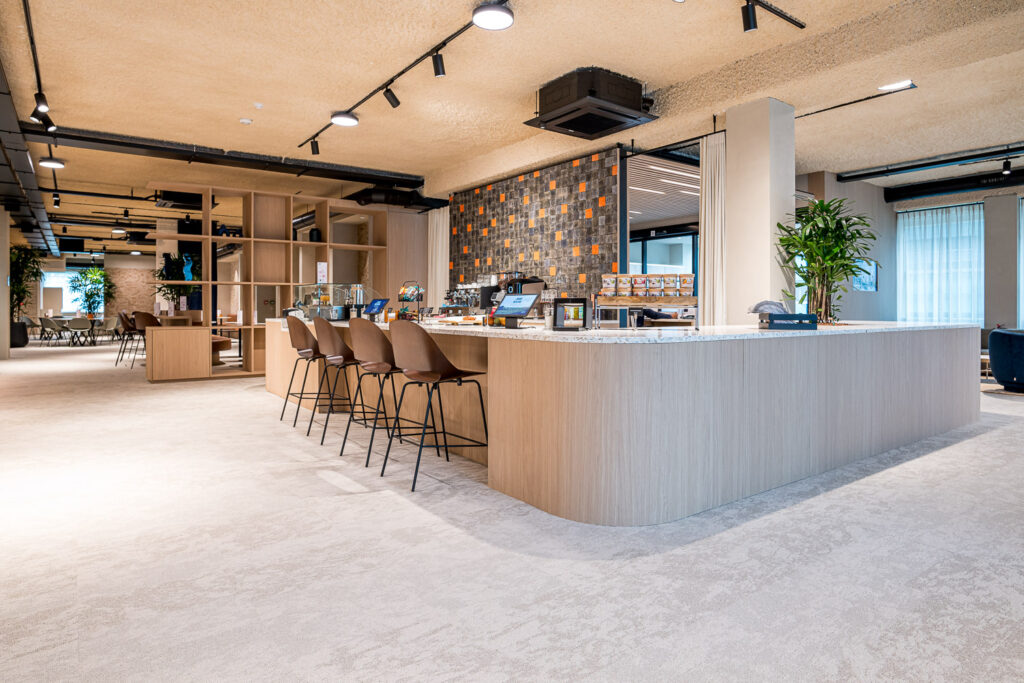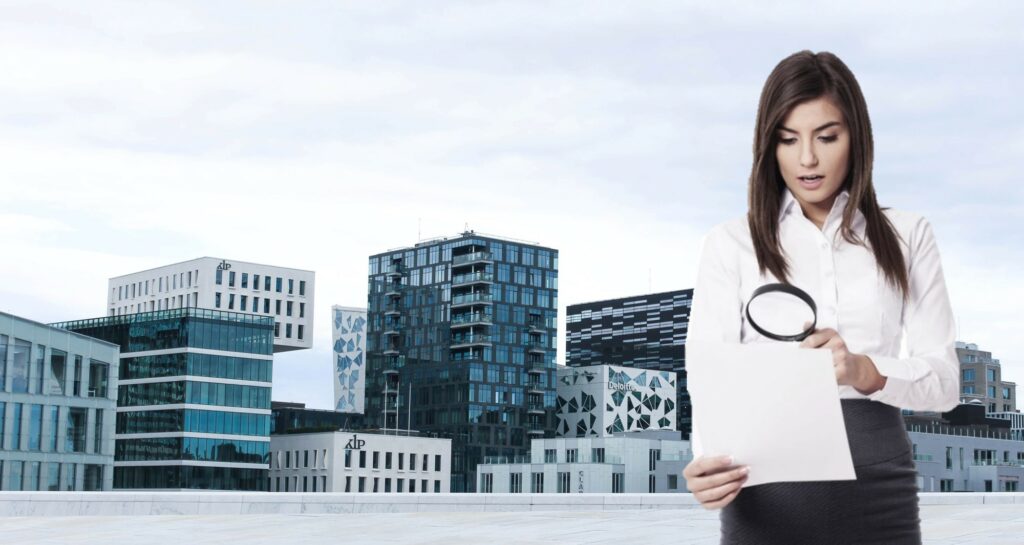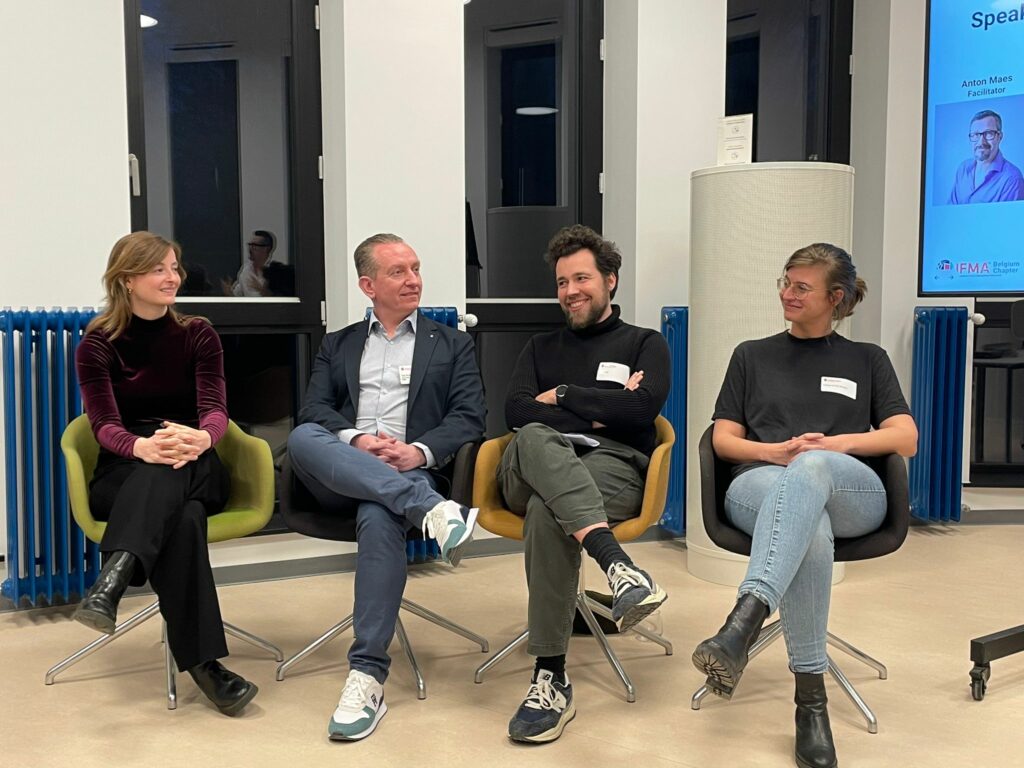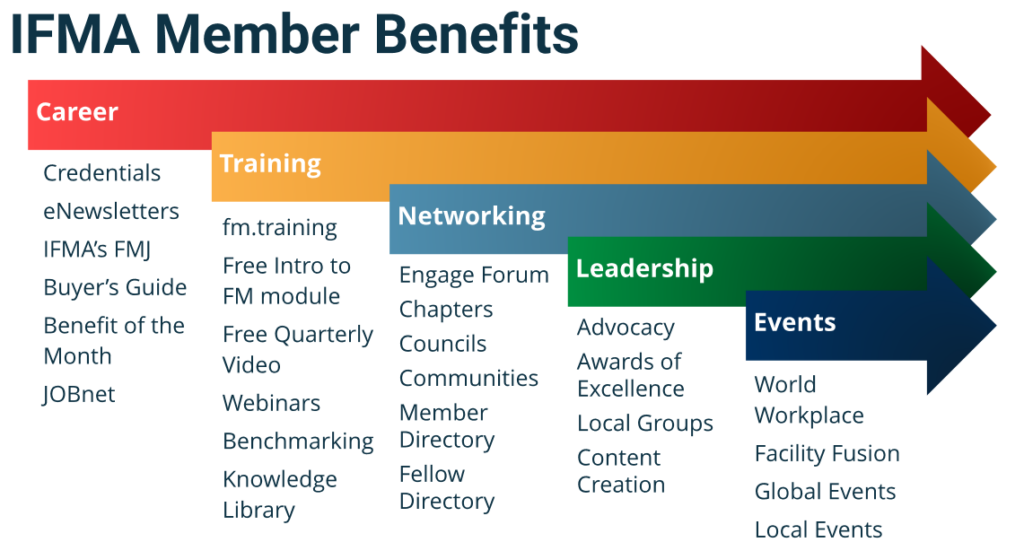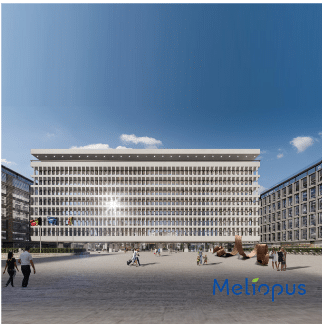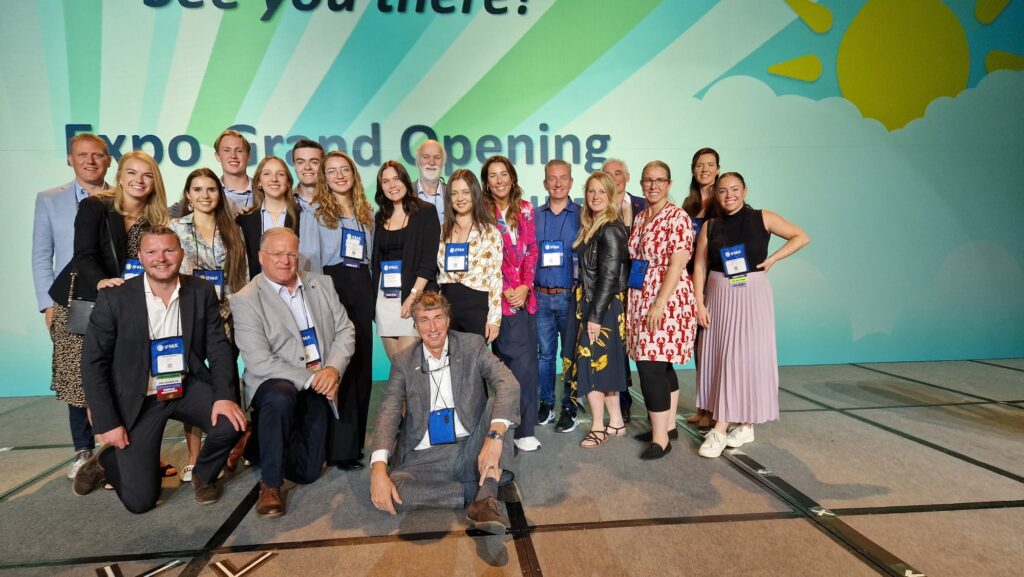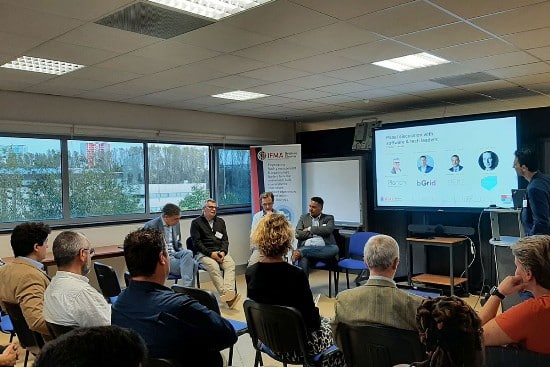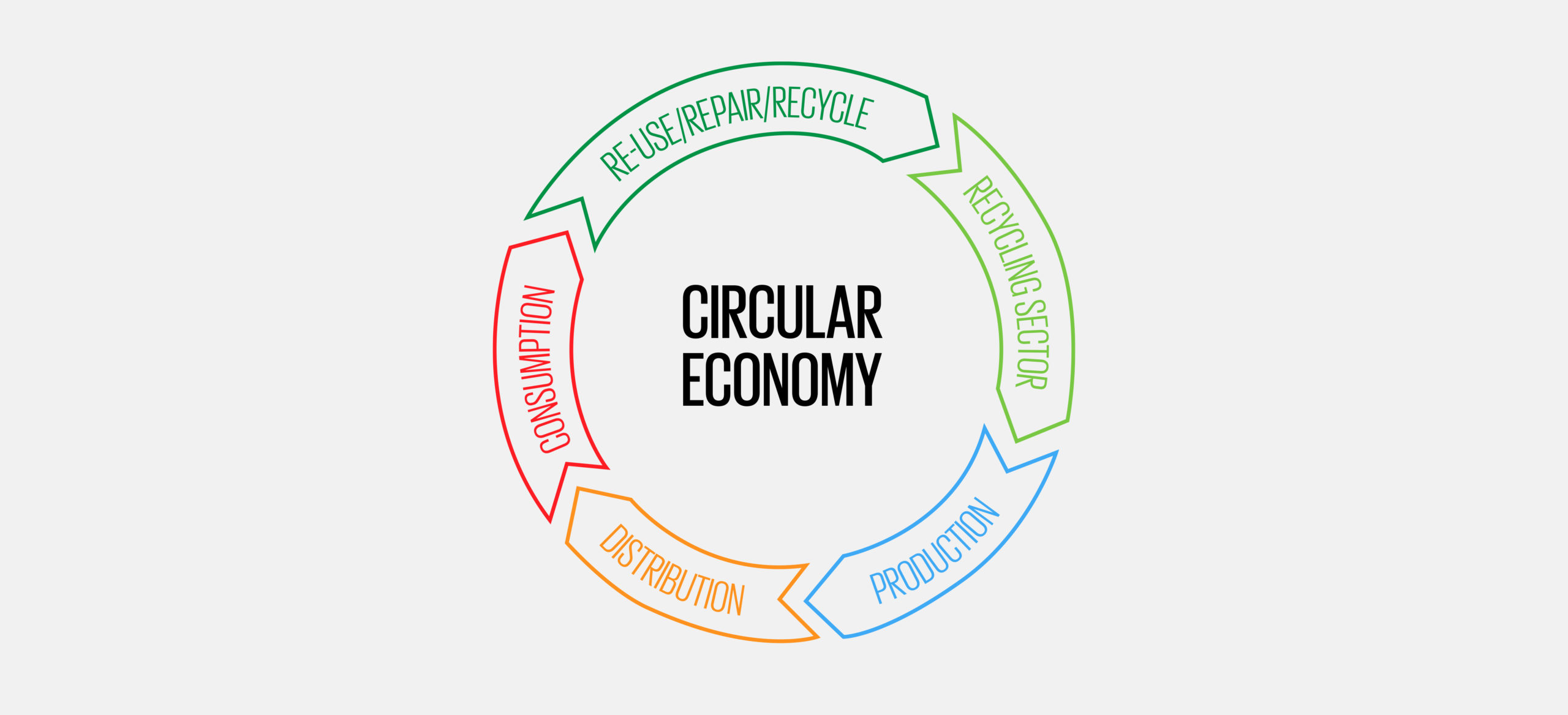The workplace as a hub
The workplace must become an attractive feature of the organisation. The office is no longer a filing factory, but becomes a hub where meeting colleagues, partners and clients is the main focus. Most of the concentration work and file handling can be done at home, which means that we need less office space. This decreasing need for office space will liberate funds, which can be invested in facilities to optimize hybrid team working.
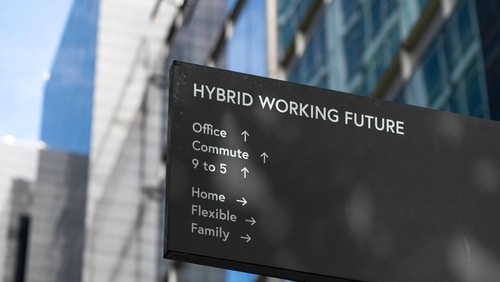
An innovative office environment
The layout of the post-Covid office environment focuses on exchanges and meetings. Organisations will be forced to delineate their actual workspace needs and to radically redefine their office environment. The new office spaces need to cater to the growing need for flexibility. This makes renting, maintaining and heating large and empty open offices pointless. The pandemic greatly accelerated the search for a multifunctional, appealing and most of all, sustainable work environment which allows the organisation to prosper optimally.
A new purpose
Although most organisations will continue to need office space for the foreseeable future, this space will have a different purpose and will cater to different criteria. The principle of a fixed office space per employee is abandoned once and for all in favour of project-based working and flexibility. Employees select a space that meets their needs and is tailored to their scheduled activities. One thing that office spaces can offer, is variety. The classic meeting rooms are well-known, but cosy discussion lounges, stand-up meeting rooms, rooms with theatre seating for plenary sessions, brainstorming rooms, conference rooms for remote meetings and coffee areas can create a challenging and stimulating environment. The key focus is interaction.
A tailored, remote working space
Before the pandemic, organisations deftly avoided this subject, as setting up home offices for every employee is expensive. Except for some financial contributions, a laptop with an extra monitor and a decent desk chair, the real needs of employees were never the subject of thorough scrutiny. As executives have also been forced to remotely participate in meetings, workshops and training courses, their eyes have been opened.
They will have to think out of the box to create a new model: a symbiosis between a personal home office, the cooperative work environment at the office and the workspace on the client’s premises.
COVID-19 may have forced us to keep more distance from other people, but it was also a highly effective accelerator for hybrid human cooperation. This is the ideal moment to re-evaluate our processes and habits, and to choose innovative solutions in which virtual and physical teamwork complement and strengthen one another.
If you’d like to learn more about this evolution within the European perspective, sign up today for the online panel of experts titled, ‘The future of our workplaces: A European Perspective’.
About the author

Anton Maes, WeHub Belgium Leader
He is an organizational psychologist and expert in change management, hybrid working and strategic workplace development.

